Panama: Much more than a canal
Panama is world-famous for its 48-mile canal that connects the Pacific Ocean with the Atlantic Ocean. Each year, over a million people visit the canal and are able to witness this engineering marvel at work. Panama is very proud to have this magnificent creation operating 365 days a year, enabling the world’s cargo to be shipped efficiently and safely to new destinations.
Three million years ago, the Isthmus of Panama emerged from the sea and changed the world forever. It divided an ocean and joined two continents together, triggering one of the most important natural evolution events in the history of the world. Today, this narrow land bridge in Central America is home to more species of birds and trees than the whole of North America. We invite you to discover its beautiful landscapes, rich culture, and endless tourist activities, right at your fingertips.
Some of these activities include rainforest tours, surfing, snorkeling, diving, hiking, camping, bird watching, white water rafting, zip-line tours, and more. In Panama City, you can enjoy world-class dining, nightlife, casinos and shopping! Panama has attracted some of the world’s most famous brands to set up shop here, including Gucci, Prada, Cartier, Hermes, Nike, Ralph Lauren, Micheal Kors, Carolina Hererra, Chanel, and countless others. Tourists from all over the world come to Panama and experience a modern, beautiful city with all the amenities one would expect from a world-famous business and tourism hub.
General Statistics
3,405,813 (July 2010 est.)
0-14 years: 28.6% (male 504,726/ female 484,291)
15-64 years: 64.2% (male 1,123,777/ female 1,098,661)
65 years and over: 7.2% (male 115,425/ female 133,582) (2011 est.)
1,435% (2011 est.)
19.43 births / 1,000 population (2011 est.)
4.65 deaths / 1,000 population (July 2011 est.)
-0.42 Migrant(s) / 1,000 population (2011 est.)
At birth: 1.045 male (s) / female
Under 15: 1.04 male (s) / female
15-64 years: 1.02 male (s) / female
65 years and over: 0.87 male (s) / female
Total population: 1.02 male (s) / female (2011 est.)
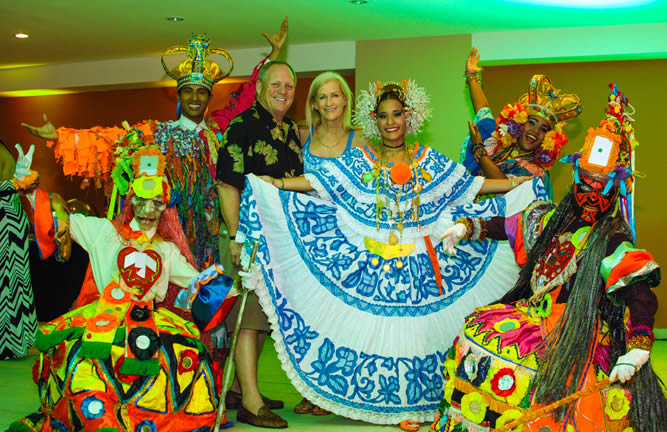
Although there is great ethnic diversity, most of the population is of mestizo origins: descendants of Indian, African and Spanish heritages.
The population density is evident along the coastal region of the Gulf of Panama, particularly on the Azuero Peninsula and in the metropolitan areas of Panama City and Colón. A high degree of urban development in recent years has attracted a growing urban population, which currently represents 59% of the total population of the country. The fertility rate is one of the lowest in Central America, with an average of 2.6 children per woman.
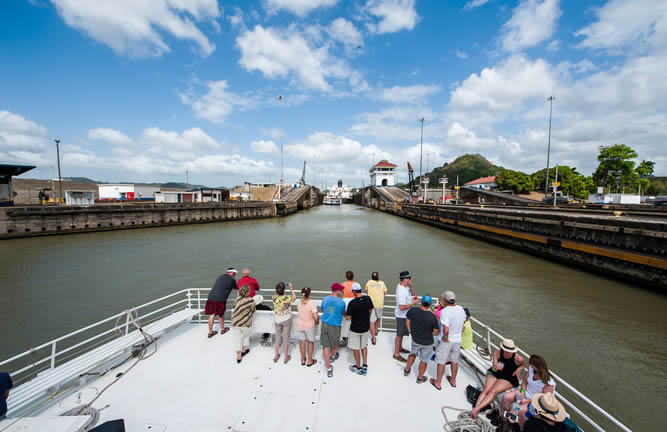
Panama has a tropical climate. Temperatures are relatively high and vary little throughout the year. The temperatures are usually lower on the Pacific than on the Caribbean coast.
Panama City:
Temperatures range from 24° C (75.2° F) to 35° C (95° F).
Highlands: Temperatures are usually lower and more stable, hovering around 23° C (73.4° F).
Beaches: Temperatures are high, averaging 31° C (87.8°).
Explore Panama's Diverse Landscape
Geography
The Republic of Panama is a large isthmus strip with a total area of 75,517 km² and 2,210 km² of surface waters, for a total territory encompassing 78,200 km². The country is located in Central America at 7° 11′ longitude and 9° 37′ north latitude.
Boundaries
Panama is politically divided into 10 provinces and 5 indigenous territories To the north, it borders the Caribbean Sea and to the south, the Pacific Ocean. Panama shares its borders with the Republic of Colombia to the east and with the Republic of Costa Rica to the west. Its borders measure 555 km in total, 225 km of which are on the Colombian side and 330 km on the Costa Rican side, and its coastline is 2,490 km long.
Terrain
Panama’s two coastlines are referred to as the Caribbean coast and the Pacific coast, and are less frequently described as the North and South coasts, respectively. Colombia is located to the east and Costa Rica to the west. Due to the location and contours of the country, the directions shown on the compass can be surprising. For example, a trip through the Panama Canal from the Pacific Ocean to the Caribbean implies traveling not to the east, but to the northwest, and in Panama City, the sun sets to the east, over the Pacific Ocean.
Pacific coastal waters are extraordinarily low. A depth of 180 meters is only reached once outside the perimeter of either the Gulf of Darien or the Gulf of Chiriquí and wide mud flats extend up to 70 kilometers seaward from the coast. As a result, the tidal range is extreme.
Political Division
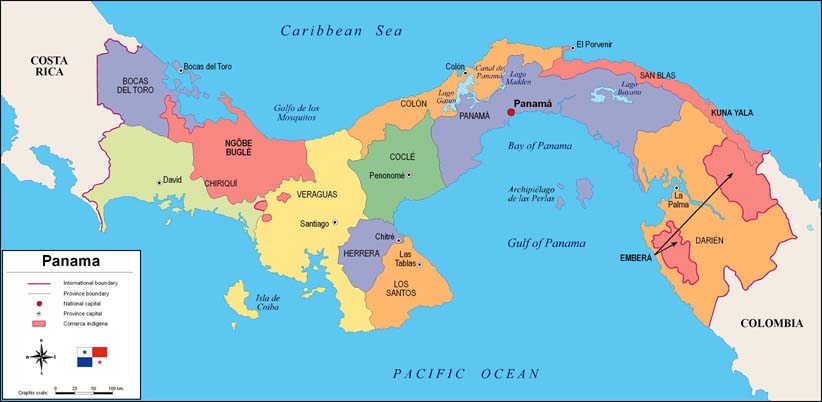
Panama is divided into 10 provinces, 75 districts, 621 municipalities and the following 5 indigenous reserves: Guna Yala, Ngäbé-Bugle, Emberá-Wounaán, Madungandí y Wargandí.
- Province of Bocas del Toro: Its capital is Bocas del Toro, which is located on the island of Colón, and it is divided into 3 districts. The province is composed of nine main islands. Its land is suitable for growing bananas and cocoa. Population: 125,461 inhabitants (2010 census)
Size: 4,643.9 km². - Province of Coclé: Its capital is Penonomé and it is divided into 6 districts (Natá, La Pintada, Olá, Aguadulce, Antón, and Penonomé). Its land is suitable for agriculture and raising livestock.
Population: 233,708 inhabitants (2010 census)
Size: 4,927.4 km². - Province of Colón: Its capital is Colón and it is divided into 5 districts (Donoso, Chagres, Colón, Portobelo and Santa Isabel) and 91 municipalities. It is considered a commercial city because of its Free Trade Zone and the Panama Canal.
Population: 241,928 inhabitants (2010 census)
Size: 4,868.4 km² - Province of Chiriquí: Its capital is David and it is divided into 13 districts (Alanje, Barú, Boquerón, Boquete, Bugaba, David, Dolega, Gualaca, Remedios, Renacimiento, San Félix, San Lorenzo and Tolé) and 91 municipalities.
Population: 416,873 inhabitants (2010 census)
Size: 6,547.7 km² - Province of Darién: Its capital is La Palma and it is the largest and the least populated province. It is divided into 2 districts (Chepigana and Pinogana).
Population: 48,378 inhabitants (2010 census)
Size: 11,896.5 km² - Province of Herrera: Its capital is Chitré and it is divided into 6 districts (Las Minas, Los Pozos, Ocú, Parita, Pesé and Santa María) and 44 municipalities.
Population: 109,955 inhabitants (2010 census)
Size: 2,340.7 km² - Province of Los Santos: Its capital is Las Tablas and it is divided into 7 districts (Guararé, Las Tablas, Los Santos, Macaracas, Pedasí, Pocrí and Tonosí) and 79 municipalities.
Population: 89,592 inhabitants (2010 census)
Size: 3,804.6 km ² - Province of Panama: Its capital is Panama and it is divided into 11 districts (Arraiján, Balboa, Capira, Chame, Chepo, San Carlos, San Miguelito, Taboga, La Chorrera, Panamá and Chimán) and 97 municipalities.
Population: 1,713,070 inhabitants (2010 census)
Size: 11,670.92 km² - Province of Veraguas: Its capital is Santiago and it is divided into 12 districts (Atalaya, Calobre, Cañazas, La Mesa, Las Palmas, Mariato, Montijo, Río de Jesús, San Francisco, Santa Fe, Santiago and Soná) and 85 municipalities.
Population: 226,991 inhabitants (2010 census)
Size: 10,629.6 km² - Guna Yala Indigenous Region: Its capital is El Porvenir.
Population: 33,109 inhabitants (2010 census)
Size: 2,340.7 km² - Emberá-Wounaan Indigenous Region: Its capital is Unión Chocó.
Population: 10,001 inhabitants (2010 census)
Size: 4,383.5 km² - Ngäbe-Bugle Indigenous Region: Its capital is Buadidi.
Population: 156,747 inhabitants (2010 census)
Size: 6,968 km²
Culture
THE INTERNATIONAL ISTHMUS
As a point of contact and a crossing site, this small strip of land is considered a true melting pot of races. With over 3 and a half million inhabitants, its population is composed of 67% mestizos (Amerindian and European) and mulatos (white and black), 14% blacks, 10% whites, 6% Amerindian (indigenous people) and 3% from varied ethnic origins. This mixture is particularly rich because, although it comes from a wide array of cultural origins and very diverse traditions, it has been stimulated by the atmosphere of tolerance and harmony that has always reigned in the territory.
Although freedom of religion is respected, most of the population is Catholic and this religion is deeply bound to the traditions and cultural expressions of the country. In the interior of the country, for example, the greatest celebrations are related to several saints.
One of these celebrations relating to cultural and catholic beliefs is the Carnivals of Panama. The Carnivals are a country-wide celebration during the four days preceding the Lent.
La Pollera is the name used in Latin America and Spain for a type of skirt and dress that is known for its elaborate decorations. The skirts are made of different materials, such as cotton or wool, and are often colorfully decorated using various techniques, among which embroidery and lacing with floral designs are commonly employed. It is believed that the pollera skirt is derived from a Spanish dress from the 16th or 17th century. It was passed down to women in the middle and lower classes as a simpler and easier version in which to carry out their daily chores or attend their regional celebrations. In many Latin American countries it is currently used as a folk costume. While in some countries the name refers to just the skirt part, in Panama the entire dress is called a pollera.
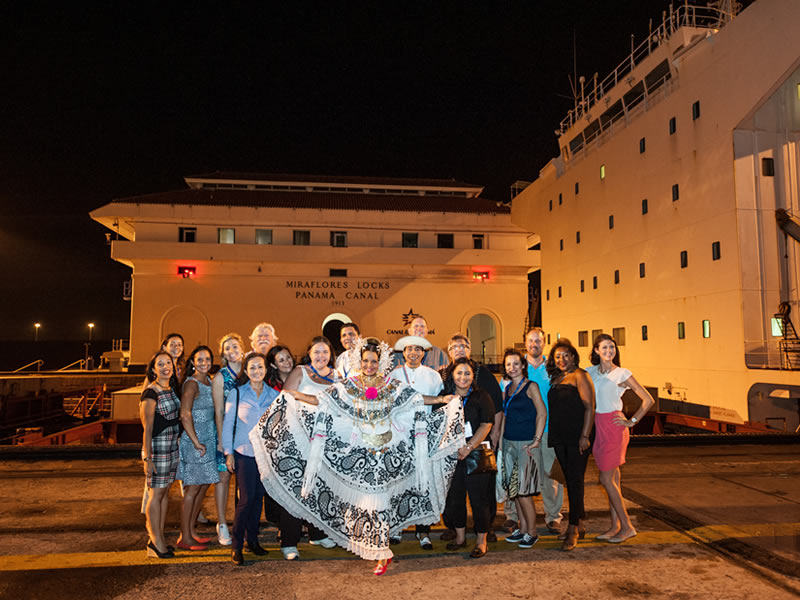
Economy
SMOOTH & STEADY
Panama’s economy is one of the most stable in America. The main economic activities are finances, tourism, and logistics, which represent 75% of the GDP (Gross Domestic Product). From 2003 to 2009 the GDP doubled, propelled by high foreign and domestic investment, coupled with the tourism and logistics industries. According to the Bank, the IMF and the UN, the country has the highest per capita income in Central America, which is about $13,090; it is also the largest exporter and importer at the regional level, according to ECLAC. The GDP has enjoyed a sustained growth for more than twenty years in a row (1989). The country is classified in the category of investment grade by the credit rating companies Standard and Poor’s, Moody’s and Fitch Ratings.
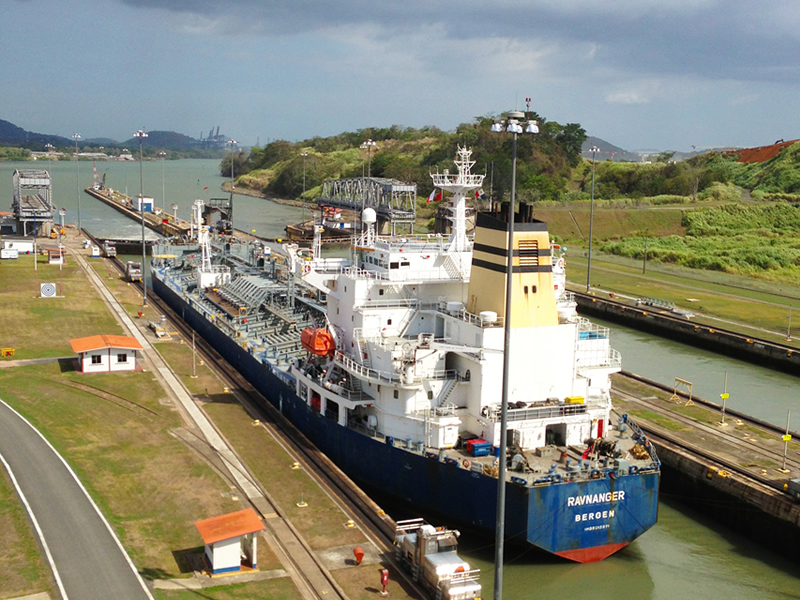
Taxes
TAXES IN PANAMA
According to Act 8 of March 15, 2010, which amended the Tax Code, air, sea and land transportation companies, as well as passengers, shall pay ITBMS tax. In Panama, 7% ITBMS is charged on public entertainment, events, seminars, conferences, lectures and artistic, professional and sport presentations in general that are not free and generate an annual rent over $36,000. The importation and sale of alcoholic beverages, as well as hotel or lodging services, jewelry and weapons is subject to 10% ITBMS. Tobacco derivatives (such as cigarettes, cigars, and snuff) are subject to 15% ITBMS. Cable TV, microwave, satellite and mobile phones are subject to 5% ITMBS.




